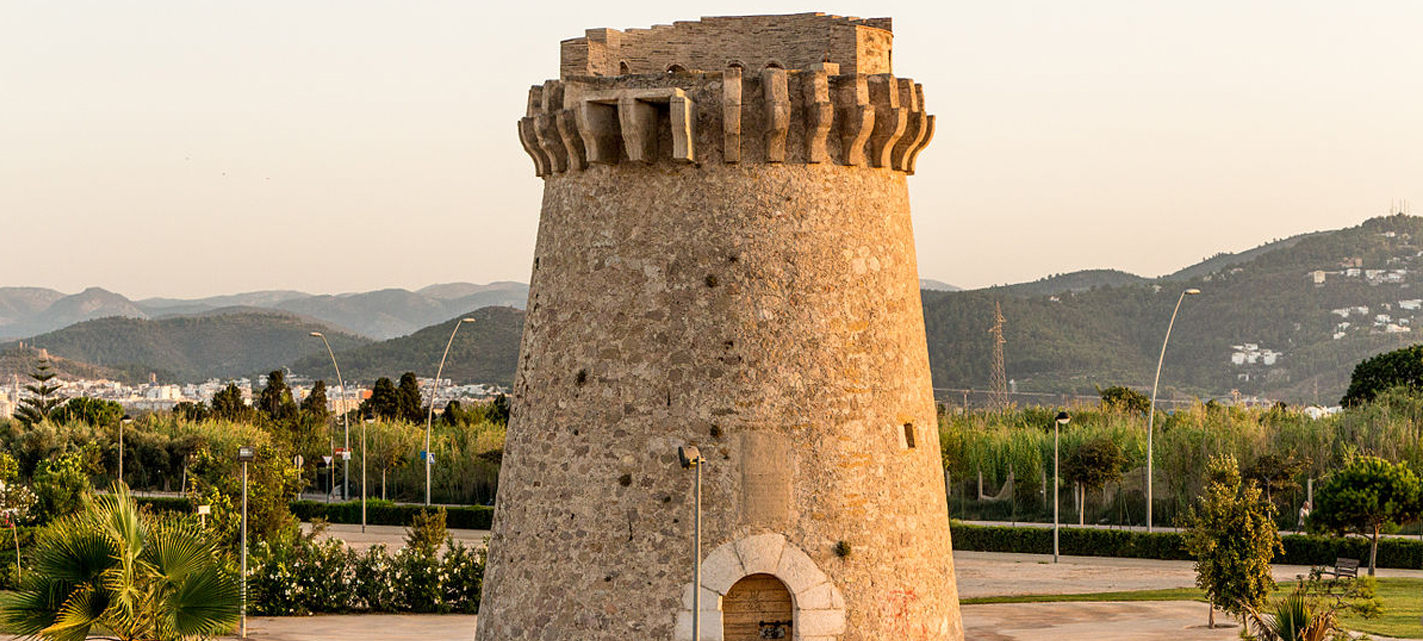
This fact led to the construction of the defense tower network throughout the Valencian territory. The one located in Piles is the best preserved, it was restored in 1996.
The biggest tourist attraction of the town is its beach, very quiet and at the same time with all the services to spend an unforgettable holidays with the family.
Gentilici: pilera, pilero
Tourism Office – Piles: Passeig Marítim, s/n.
Natural resources:

This fact and elements like el motor de Bartolí (the engine of Bartolí), from the 19th century, make the town an essential stop on the Water Route. The most important architectural element of the town is l’Església de la Puríssima Concepció, neoclassical, of the 20th century bell tower.
Gentilici: palmerina, palmerino
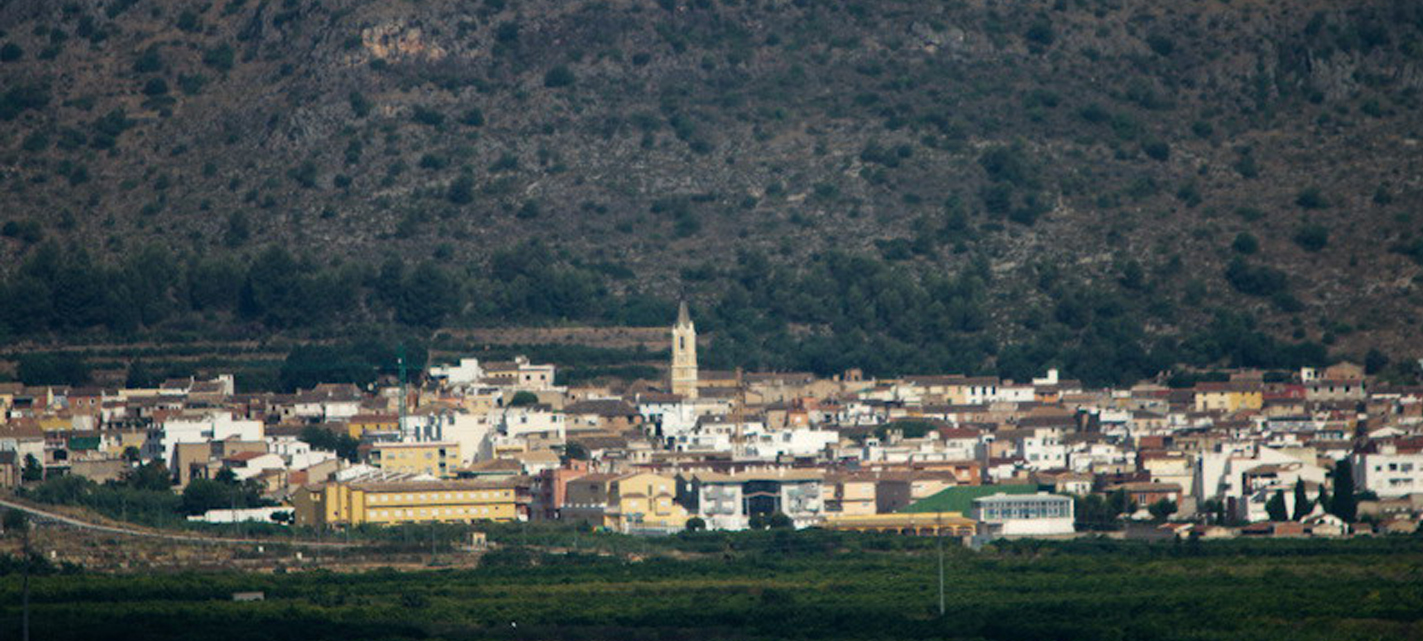
It is obligatory to visit Marxuquera and Font Murtera, for those who seek a more natural experience that can be accompanied by the water heritage, such as washing place of Sant Miquel, les Arcadetes, that was meant to bring water in the village, or l’Assut del Vernissa. In la Cova de la Clau, there have been cave paintings of high value.
In the village we can visit the Church of Sant Miquel, began to build in 1392, with a Neogothic bell tower in 1912. Most of the emblematic buildings of Palma are concentrated in the Old Square.
Gentilici: palmera, palmero.
Natural resources:
- Serra Falconera
- Cova Bernarda
- Cova dels Porcs
- Cova Roja
- Vall del Vernissa
- L’Assut Castell de Palma
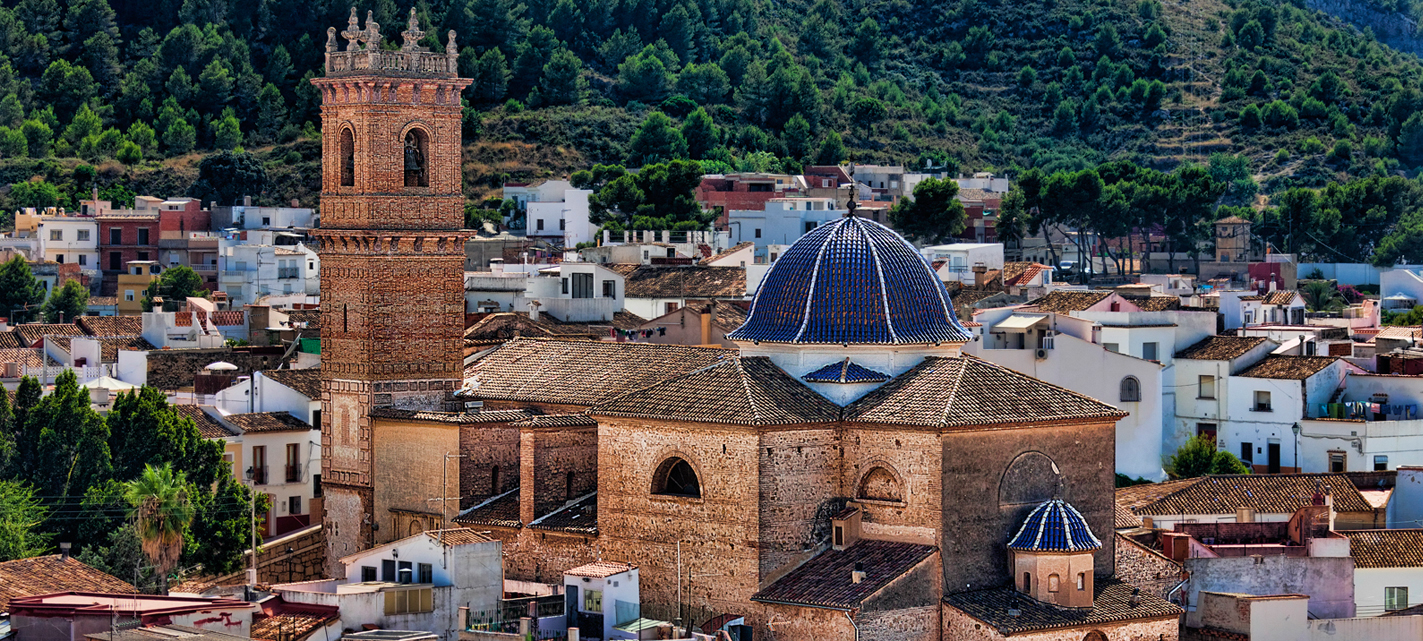
Among the most important architectural elements are the l’Església de Santa Maria la Major, l’Església de Sant Roc, la casa Abadia (Mudejar style), l’Enginy (old sugar mill), the remains of el Castell de Santa Anna, la Torre de la Muralla, la Torrassa del Palau dels Centelles, el Portal de Sant Vicent or la Casa de Gregori Mayans.
But to speak of Oliva, is to speak of nature; the natural place of the marsh or la Font Salada are clear examples. We also talk about nature mentioning its beaches, which have managed to keep the dunes, with their fauna and flora, with all kinds of tourist services and uses.
In addition, Oliva beach is renowned for practicing sports, with nearby golf courses, campsites and a great deal of experiences for tourists. Without forgetting Moors and Christians parties, or Holy Week and Fallas, which fill the city with cultural attractions all year round.
Gentilici: Olivense
Tourism Office – Oliva: Passeig Lluís Vives s/n. [email protected]
Natural resources:
- Serra Gallinera
- Cavall Bernat
- Pla del Carritxar
- Platja de Terranova
- Platja de Burguera
- Platja del Pau-Pi
- Platja de l’Aigua Blanca
- Platja de l’Aigua Morta
- Platja dels Gorgs
- Platja de les Devesses
- Riu Raconsmolinell
- Riu d’Alfadalí
- Riu Gallinera
- Riu Bullent o Vedat
- Marjal Oliva-Pego (el pla)
- El Calapatar
- Font salada
- El Rejolar d’Oliva
- L’Olivera
- El panorama
- Entorn Castell del Rebollet
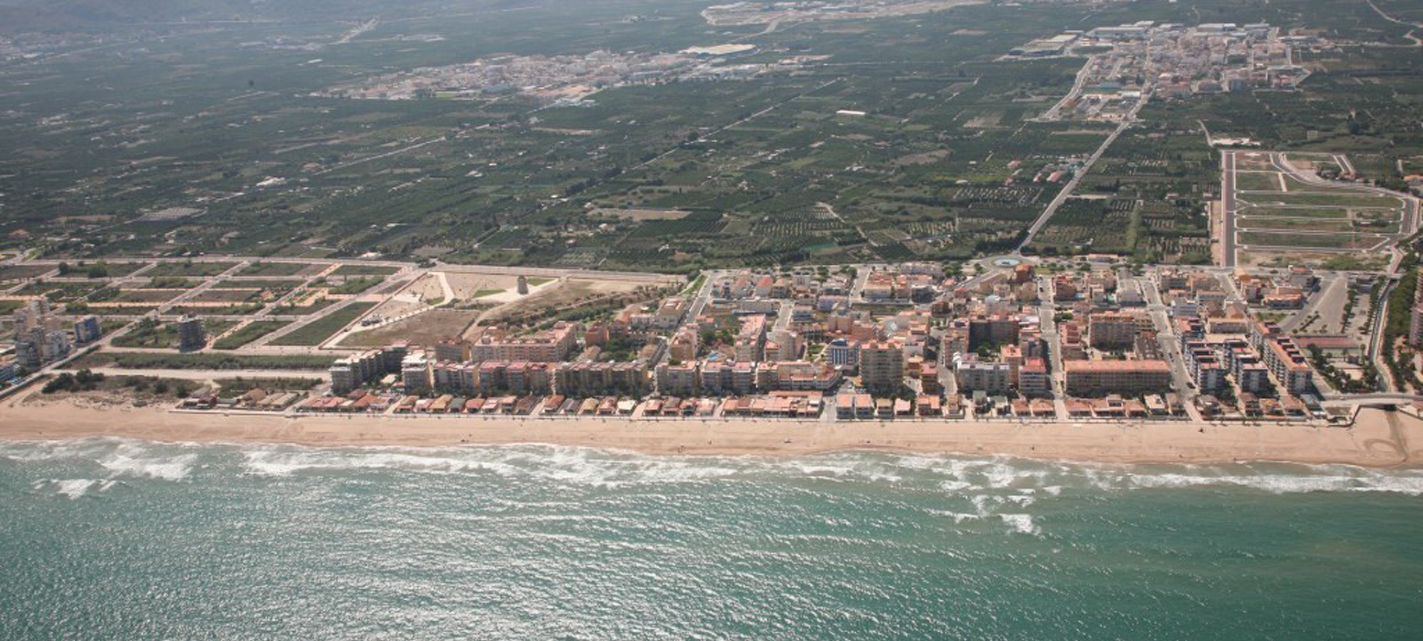
This population maintains close ties with the Borja family and the cultivation of canyamel. One kilometer away from the town centre there is its beach that has all the services to provide it with the highest quality.
Its maritime promenade becomes the centre of leisure activity, in the summer season, celebrating concerts, film screenings, sports and other entertainments for all types of visitors.
Gentilici: Miramarina, miramarino
Oficina de Turisme – Miramar: Avinguda de la Mediterrània s/n.(962802165) [email protected]
Natural resources:
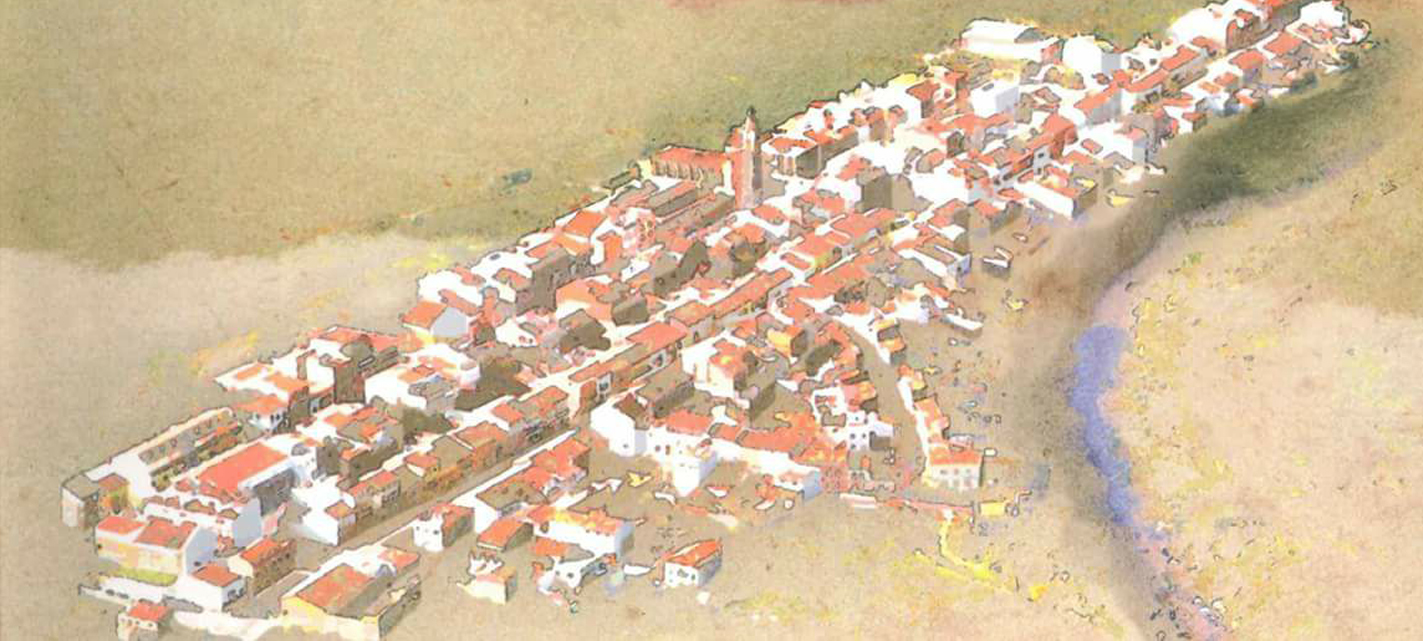
One of the most characteristic places is la Granja, an ancient place of leisure and administration of the friars. Its main tourist charm is the location, located in la Vall del Vernissa, and crossed by the mountains of Marxuquera and Ador, offering numerous forests such as la Cuta and l’Ombria, and many springs.
The main route we can take is the called “del Vernissa a la Cuta” (from Vernissa to la Cuta), PR-CV 400. It has an average duration of four hours and forty minutes.
Gentilici: Llocnovina, llocnovino
Natural resources:
- Serra d’Ador o Serra de la Cuta
- Muntanya de la Cuta
- Barranc de la Cuta
- Tossal del Morquí
- Vall de Vernissa
- Font de la Costera
- Font del Frare
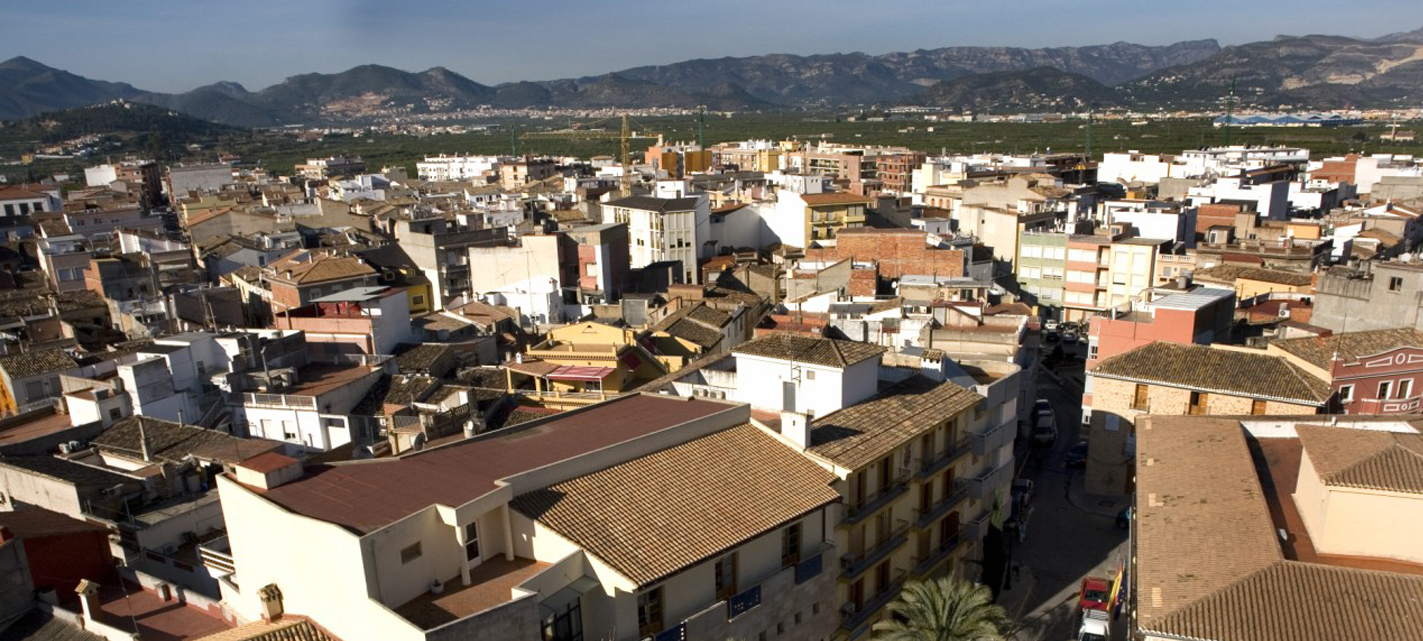
If we choose to do the route of the ceramic panels, it will take us to the town centre. The history of the devotional panels starts from the second half of the 18th century, these images are the reflection of popular culture and the historical, political and religious context over the last three centuries.
If the visitor prefers a break, more natural, it is within reach the route of the Castle, which goes between old olive and carob tree crops, as well as the Mediterranean landscape. This route is included within the PR (short tour) of the Community, with number 347. If we want to extend our route, following the same PR, we can go into pine groves and the place of la Mola, in the route of l’Assegador and les covatelles.
On the other hand, if we are looking for a more flat route to be able to do it by bicycle or by foot, we have la Ruta dels Molins, where we can discover the water heritage of La Font d’en Carròs. All this without forgetting emblematic spaces such as el Calvari, les muralles de Rafalí, the old Town Hall, dating from the 14th century and has been converted into a Tourist Office, or l’Església de Sant Antoni Màrtir, built on the remains of the old mosque, which by order of the Carròs family in 1329 began its construction and is one of the oldest Christian temples in La Safor
Gentilici: Fontera, fontero
Tourism Office – La Font d’en Carròs: Plaça de l’Ajuntament, 1 (962833338) [email protected]
Natural resources:
- Serra Gallinera
- Cova de l’Àngel
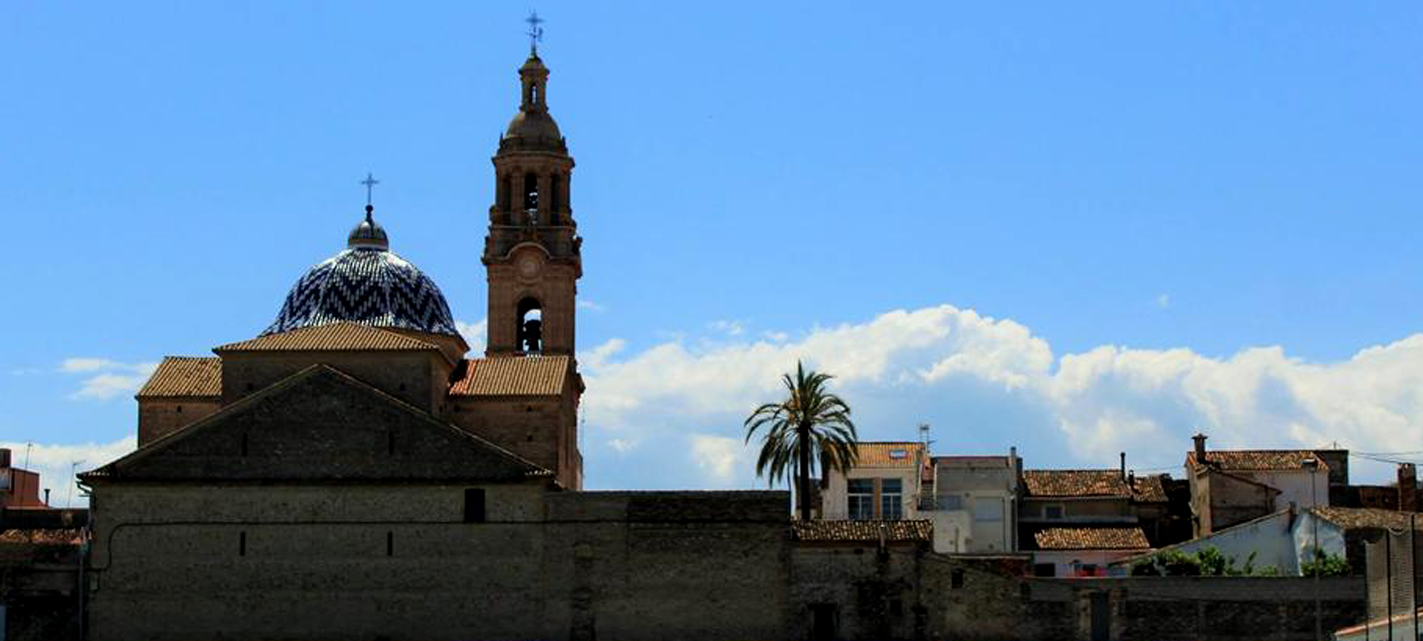
Few places hide so perfectly the fusion of Arab and Christian cultures as this population. Its place name is composed of “Alqueria” that refers to the Arab word al-qaria “house of fields to cultívate or little-populated land” and “de la Comtessa”, which refers to the Countess of Oliva and lady of the term of Rebollet, who would manage the population after the Christian conquest.
Among the most important historical elements are el Rabat, a former fortified Arab monastery, l’Ermita de Sant Miquel and l’Alqueria del Trinquet, a fortress from the 18th century with a tower and wall.
Gentilici: Alqueriense
Natural resources:
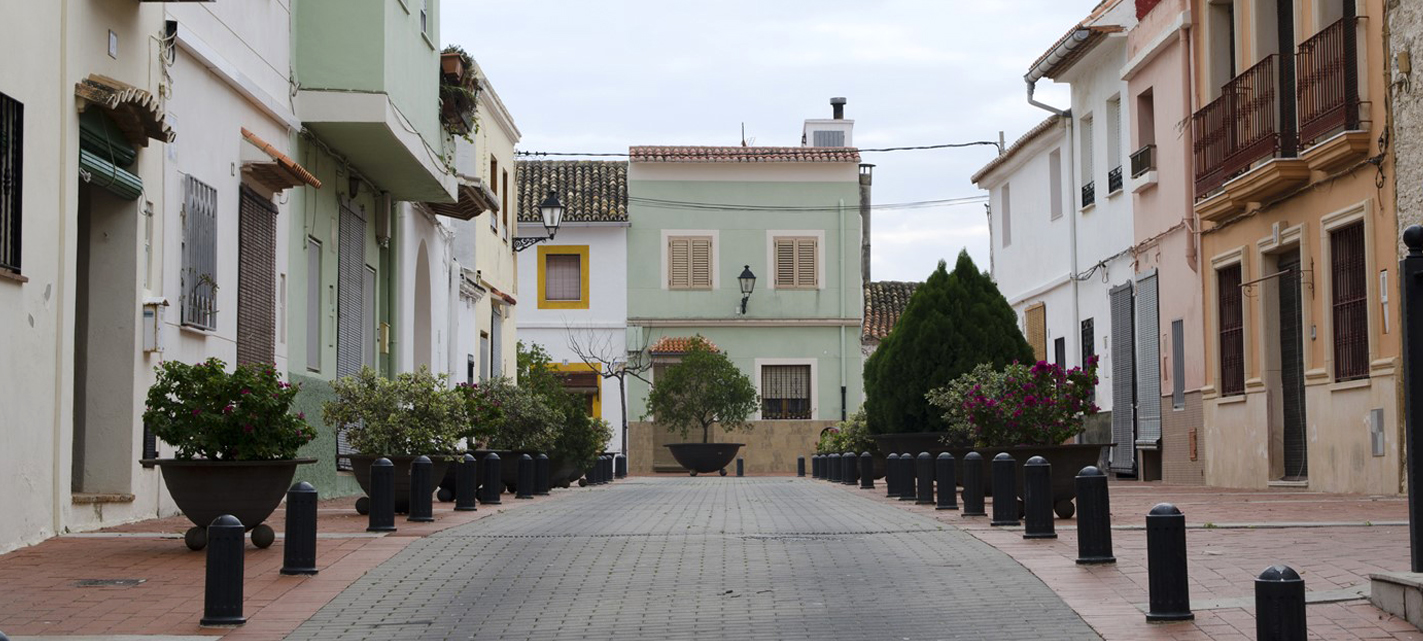
There are two emblematic buildings which are la Casa Gran, antic palauet del Tamarit, and its Església de Sant Joan Baptista (Church of San Joan Baptista), from the 17th century. Guardamar de la Safor has several renowned gastronomic places in the region.
Its coast maintains part of the dune system and the wetland. During the first fortnight of August, there are multiple acts such as giant paellas, games for children, parade of Moors and Christians or concerts, all of them part of the local festivals. Another tourist attraction is the meeting of motorcycles on 9th October.
Gentilici: Guardamarenca, guardamarenco
Natural resources:
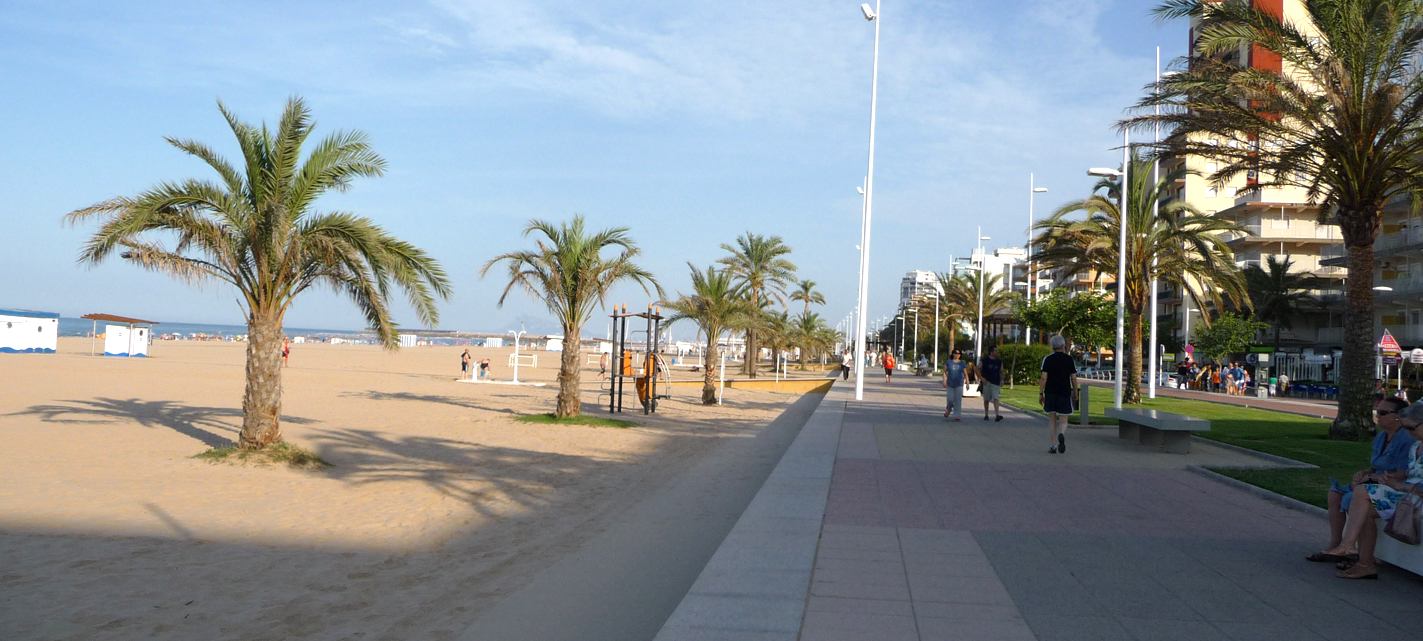
This town offers enough attractions to be visited throughout the year. Gandia has the Ducal Palace, seat of the territorial power of the Borja family in our region; guided tours can be done through the different rooms. The city has museums such as MAGa, Museu Arqueològic (Archaeological Museum), or el Museu Faller and exhibition halls such as la Coll Alas and la Casa de la Cultura. It also has theaters like Serrano or El Raval. The traveler can go through different ecotourism routes, both in the mountains, in the marshes or in the virgin beach: l’Auir.
In addition, the traveler can be involved in the interpretation centres such as Parpalló Borrell and the humid zones, next to l’Alqueria de Duc, the ancient fortified castle nowadays converted into a Tourism Centre (CdT) of la Generalitat Valenciana. The different beaches of the city have all the imaginable services, as well as a great recreational and cultural activity, concentrated mainly in the summer.
Animal lovers have an area where they can spend a day at the beach with their pets. One of the essential appointments in the Ducal City is la Fira i Festes, held on the 3rd of October, in honour of Francesc de Borja. Different markets, theatrical and musical spectacles fill the streets. In addition to les Falles and Setmana Santa.
Gentilici: Gandiense
Natural resources:
- Massís del Mondúver
- Barranc de Lloret
- Barranc de Borrell
- Cova del Retoret
- Cova de la Recambra
- Cova Xurra
- Cova del Barranc del Llop
- Cova del Porc
- Cova Penjada
- Cova del Parpalló
- Cova Oberta
- Cova Negra
- Cova de les Meravelles
- Pla de Marxuquera
- Vall de Marxuquera
- Platja de l’Ahuir
- Platja de Gandia
- Platja de Venecia
- Marenys de Rafalcaid
- Platja dels Pedregars
- Riu Serpis
- Marjal de la Safor
- Serra Grossa/Serra de Marxuquera
- Els Oms (En Els Marenys)
- El Magnoli (Alqueria la Borda)
- Barranc del Molló de la Falconera
- Pla Xiquet Ermita de Sant Antoni
- Pic de la Falconera
- Castell de Bairén
- Bosc Ermita de Santa Anna
- Penya Roja
- Forat de l’Aire









